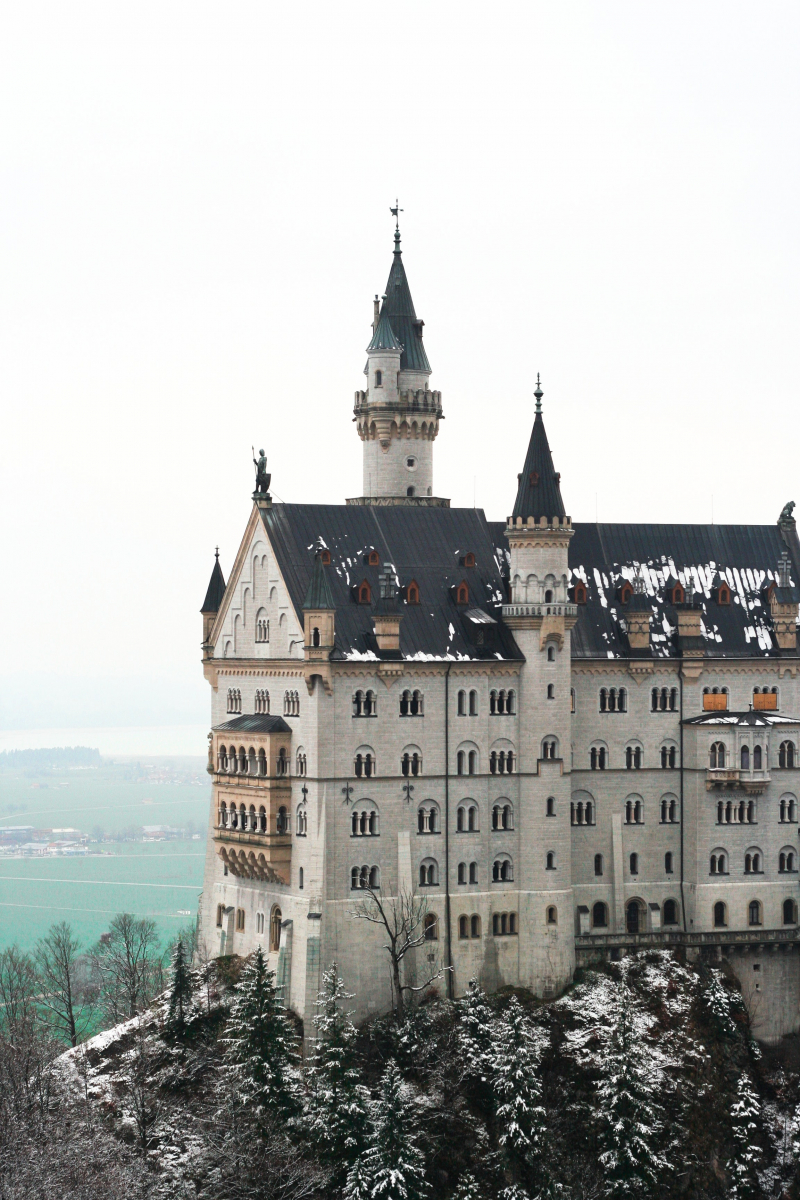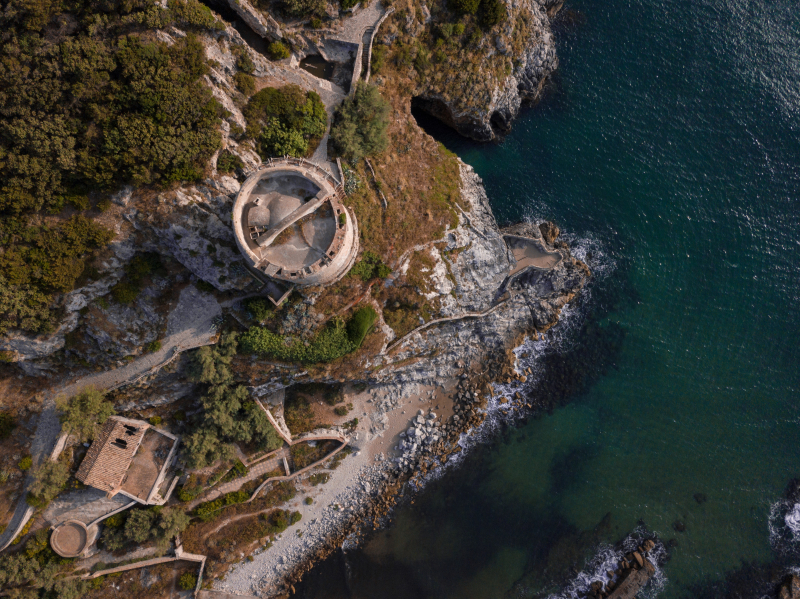Moats Weren’t Just Water
There wasn't always a moat around a castle. For a variety of reasons, not the least of which was that it was impossible due to the large number of castles perched atop hills and highlands. Nonetheless, there were various forms a moat may take when a fortress did have one.
There were dry moats—those devoid of water—that were used to impede the advance of adversaries. But when we think of the phrase, the majority of us probably picture a moat filled with water. They were present in many castles. The traditional method for building wet moats was to divert a rover's flow for a long enough period of time to flood the ground underneath a fortress. That implied that you had a still pond that would eventually overflow with sewage.
A moat was a good deterrent against attackers despite the stench because it could stop several direct attacks. Even siege weaponry had to be positioned out from the castle because enemies couldn't scale the walls. It also prevented tunnels from being built beneath the walls.
The moat of Cesky Krumlov Castle in the Czech Republic was unusual because it was filled of bears. Bears began being kept and raised inside the castle walls in the 16th century, and by 1707, they had established a home in the moat. Bears are still kept in the moat today, and if visitors are in town, they are welcome to come view them. It has been improved to make a secure habitat for the animals, and it now resembles a zoo more than a castle.












